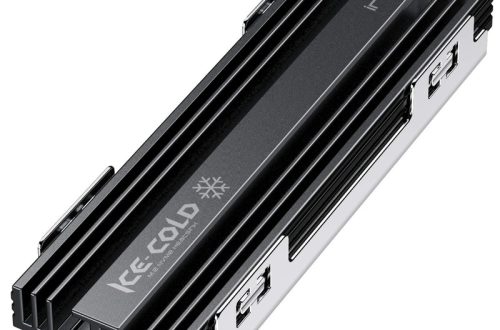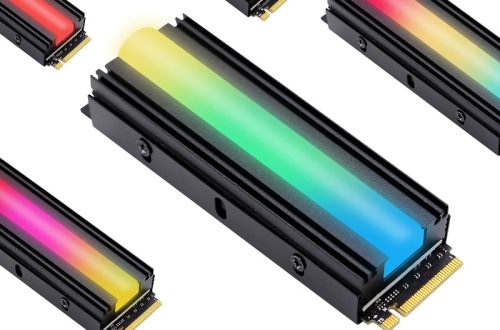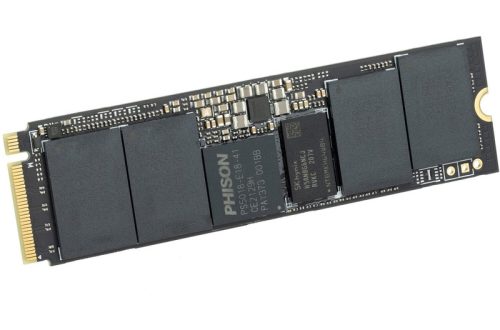The world around us is inherently three-dimensional, yet traditional cameras capture it as a flat image. Stereo cameras, however, offer a revolutionary approach, mimicking human binocular vision to create a sense of depth and realism. This article delves into the fascinating world of stereo cameras, exploring their applications and the unique experiences they offer.
Part 1: Unveiling the Magic: How Stereo Cameras Work

1. Simulating Human Vision:
At the heart of stereo camera technology lies the concept of binocular vision. Our human eyes are slightly offset, providing us with two slightly different perspectives. Our brains then cleverly combine this information to create a perception of depth. Stereo cameras work on a similar principle.
2. Dual Lenses and Processing Power:
Stereo cameras are characterized by their deployment of two lenses positioned slightly apart, mimicking the spacing between human eyes. This unique design enables the lenses to simultaneously capture two separate images from slightly different angles. The captured images are then processed using specialized software, which leverages the distinct perspectives to merge the information and create a cohesive and detailed 3D representation of the scene. This process, often known as stereo vision, enables the camera system to replicate the human binocular vision, allowing for the calculation of depth and distance within the captured images. By integrating the dual image data through complex algorithms, stereo cameras provide a sophisticated and accurate portrayal of the spatial relationships within the visual field. This technological approach not only facilitates the creation of immersive visual content but also serves as a foundational element in a variety of applications, ranging from entertainment and photography to robotics and autonomous navigation.
Part 2: Beyond the Still Image: Applications of Stereo Cameras

1. Revolutionizing 3D Photography and Filmmaking:
Stereo cameras have opened new doors for 3D photography and filmmaking. By capturing depth information, these cameras allow viewers to experience a scene with a remarkable sense of realism. Imagine watching a movie and feeling like you can reach out and touch the objects on screen!
2. Unlocking Potential in Robotics and Autonomous Vehicles:
The capability to perceive depth is an integral attribute for robots and autonomous vehicles, ensuring their ability to navigate the world safely and effectively. Stereo cameras prove instrumental in providing these machines with a more precise understanding of their surroundings, significantly enhancing their capacity to detect obstacles, gauge distances, and maneuver with a higher degree of accuracy. By providing a pair of synchronized images, stereo cameras enable these machines to perceive depth through the process of triangulation, allowing them to create a 3D representation of their environment. This 3D perception is vital for autonomous vehicles as it allows them to navigate complex terrains, identify and avoid potential hazards, and make decisions in real time. Similarly, for robots, the ability to perceive depth through stereo cameras plays a critical role in enabling them to perform tasks such as object manipulation, navigation in cluttered environments, and interaction with humans. In essence, stereo cameras are indispensable in facilitating the safe and efficient operation of robots and autonomous vehicles.

Part 3: A World of Possibilities: The Future of Stereo Cameras
1. Advancements in Virtual Reality (VR) and Augmented Reality (AR):
Stereo cameras are essential components shaping the future of VR (Virtual Reality) and AR (Augmented Reality) technologies. By capturing detailed real-world depth information, these cameras play a pivotal role in creating highly immersive and realistic virtual experiences. This capability allows for the development of virtual environments that closely mimic the depth and spatial perception of the physical world, significantly enhancing the level of realism experienced by the user. Through stereo camera technology, it becomes possible to envision a scenario in which individuals can explore virtual worlds with an unprecedented degree of authenticity, where the virtual environment feels as tangible and true to life as one’s own living room. This groundbreaking potential opens up limitless possibilities for applications in fields such as entertainment, education, and training, offering new dimensions of immersion and interactivity in the realms of virtual and augmented reality experiences.
2. Enhanced Object Recognition and 3D Mapping:
The capability of capturing depth offered by stereo cameras presents exciting opportunities for advancements in object recognition and 3D mapping. These innovative cameras are invaluable tools in creating detailed 3D models of objects and environments. They can be utilized in a wide range of applications across various industries. For instance, in the field of architecture, stereo cameras can be used to capture precise spatial data. They can assist in creating accurate and detailed architectural models. Likewise, in manufacturing, stereo cameras play a significant role in quality control. They inspect complex components to ensure precision and accuracy. Furthermore, in the healthcare sector, these cameras can contribute to medical imaging and diagnostics. They provide detailed 3D images for surgical planning and simulation. The versatility and accuracy of stereo cameras have the potential to revolutionize multiple sectors. They offer new and innovative ways to capture and analyze spatial data.

Part 4: Beyond the Technical: The Unique Appeal of Stereo Cameras
1. A Different Perspective on the World:
Stereo cameras offer a unique and captivating way to capture the world around us. They provide a distinct perspective that enriches the viewing experience, allowing us to appreciate the full depth and detail of a scene in a whole new way. By capturing images in 3D, these cameras create immersive photographs that engage the viewer and evoke a sense of realism. The incorporation of depth perception in these images adds a level of authenticity and presence, bringing the subject matter to life in a way that traditional photography cannot achieve. Whether used for professional or recreational purposes, stereo cameras open up a world of creative possibilities, enabling photographers to explore and showcase the dimensions of their subjects in a more compelling and vivid manner.
2. A Catalyst for Creativity and Exploration:

Stereo cameras present exciting opportunities for creative professionals and hobbyists alike. The ability to capture 3D images opens doors for new forms of artistic expression and allows for a deeper exploration of the world’s three-dimensionality.
In conclusion, stereo cameras represent a significant advancement in the realm of image capture. By mimicking human binocular vision, they offer a captivating new way to experience the world. From revolutionizing 3D entertainment to unlocking potential in robotics and beyond, stereo cameras hold immense promise for the future. As technology continues to evolve, we can expect to see even more innovative applications emerge, blurring the lines between the two-dimensional world and the captivating realm of three dimensions.


